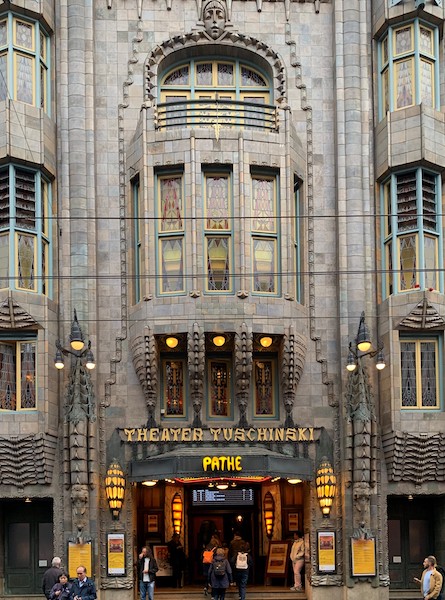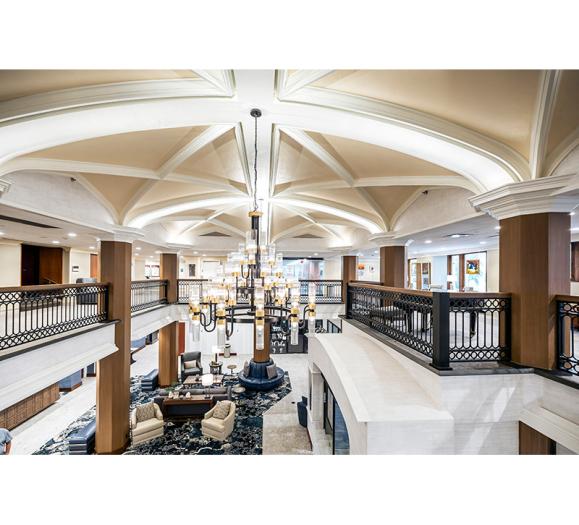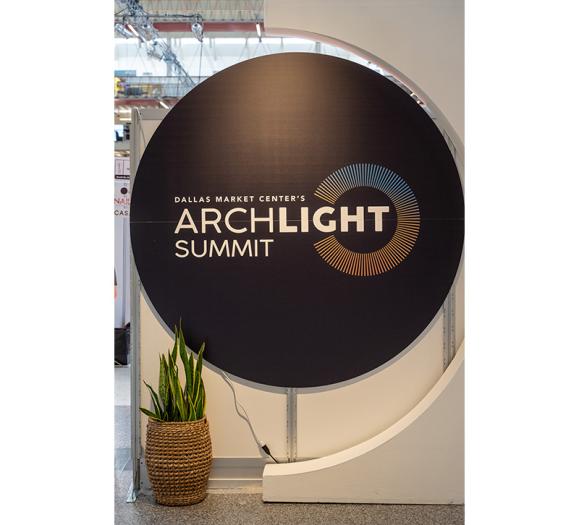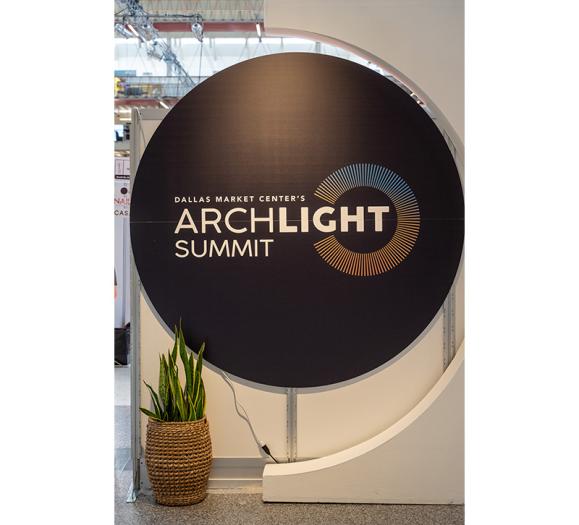On a visit to Amsterdam in February, I was impressed by what they were doing with the lighting all over the city. It was mind blowing to walk through buildings that were built 100 years or more before our country was founded. The Cathedral of Saint Bavo (shown above) began construction and 1895 and was completed in 1930s, yet it feels light and fresh…and surprisingly modern. The ceilings are nearly 40 feet (12 meters) tall. I’m pointing the camera upwards, through a series of chandeliers up to the amazing vaulted ceiling which is finished with natural wood.
Of course, electric chandeliers weren’t there in the beginning. The place was candlelit. Those fixtures were later converted to electricity, and then more recently retrofitted with flame-tip LED lamps. These have a color temperature of 2700 K with a CRI of 90. Each chandelier has 28 arms. Initially they were using 40 watt lamps which adds up to 1,120 watts per fixture. The replacement LEDs provide a lumen output that is nearly equivalent to a 40 watt incandescent lamp, but use only 4.5 watts per lamp. This reduces the power consumption down to 126 watts per fixture. Plus, lamp life goes from around 2,500 hours to around 25,000, which greatly reduces maintenance as well.
The Royal Palace in Amsterdam (shown above) started construction and 1648 and was completed and 1665. The light fixtures that they are using are modern interpretations of incandescent versions, created about 100 years ago. They have incorporated linear LED lighting into them, providing ambient up lighting in order to show off the ceiling details. The white opal, translucent lenses hide the light source, while allowing additional light to travel downward. These fixtures are not dimmable, but they are energy efficient. They have a color temperature of 2,700 K and a CRI of 90. It was interesting to see that so many of the public buildings, including churches museums and governmental are all consistently using the same color temperature and CRI. I was really pleased to see that it was a warmer color temperature than what I have seen in other countries where 3,000 K with the norm. In some countries 5000 K appears to be the go-to color temperature. For me, these color temperatures are too cool. They make spaces look clinical. While they do render colors more truly, they are less complementary to skin tones. Maybe it’s just me, but I feel people are more drawn to incandescent quality of light.
In another part of the Palace there is room that had two of these enormous chandeliers. Each one has 48 arms. It seems a little overkill to me. There is no visual breathing space. In this case the incandescent bulbs were replaced with LED versions. Again, we are looking at 2,700 K with the 90° CRI. The big difference here is that they are using dimmable bulbs. These bulbs do not have Warm-Dim technology, so they stay the same color temperature as they get lower in intensity. Here again, there is a big savings on power consumption the retrofit. The original bulbs were 25 watt incandescents flame-tips. The replacement versions offer an equivalent lumen output for just 3 watts per bulb. The incandescents consumed 1,200 watts per chandelier, while the new LED’s consume only 144 watts. That is quite a difference.

My all-time favorite building in Amsterdam is the Theater Tuschinski the though the day, an Art Deco confection with touches of Art Nouveau is an architectural masterpiece. It is a glorious, both on the outside and on the inside, with all the original light fixtures. This is curvaceous, sensual architecture at its finest. The building was faithfully restored, starting in 1998 and completed in 2002. It is both a movie theater and a performance space. Such greats as Maurice Chevalier, Judy Garland, Marlene Dietrich, Edith Piaf, Dizzy Gillespie, Fats Domino and Dionne Warwick have performed there. Extra points for the readers to know who these people are.
All of the light fixtures have amber glass panels that are semi-opaque. They have all been fitted with LED replacement lamps. I was so impressed with the scale of the light fixtures. They are in perfect proportion to the building, but upon closer inspection of the photo you will see that the sconces which are flanking the entryway are actually taller than a normal adult.
The best part is that you can see a first run movie with a reserved seat, along with a bag of popcorn and drink for $5.00.






